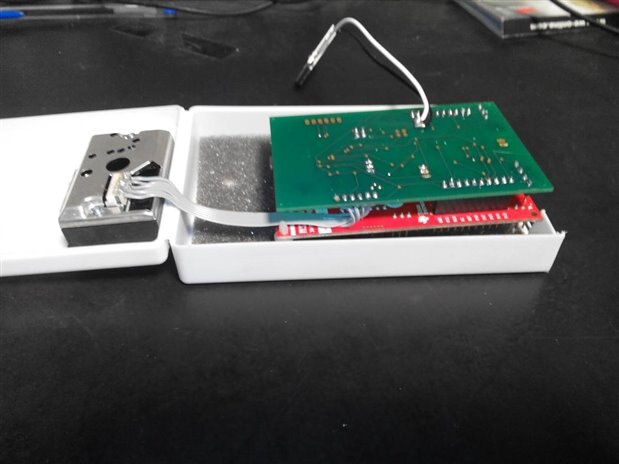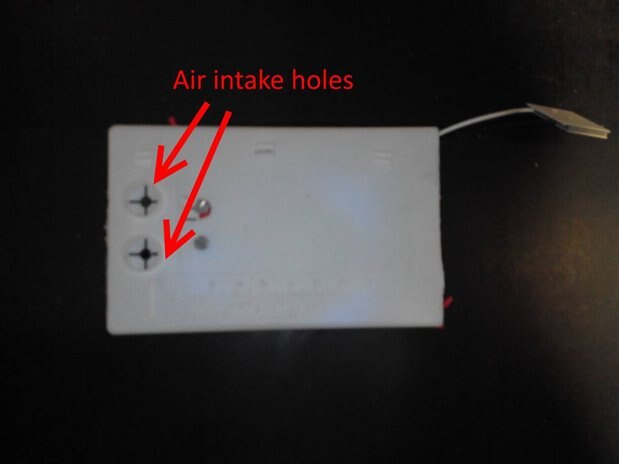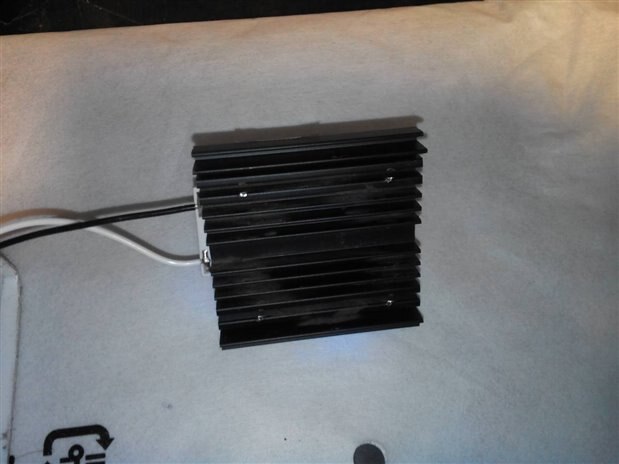The crucial moment is coming: installing the sensor in a real car
Before of that, all the components have been mounted in a case, as shown in pictures below.
Particular care has been taken to thermally insulate the electronics components from the heat. I placed some foam on the side that faces the car radiators. This, and the air that flows from the holes in the front-facing side of the case, should prevent electronics from overheating
Care has been taken in order to make the airflow slowdown inside the case, so that measure are not affected by air speed (especially for temperature and humidity) and particles concentration increases. The idea is that air enters through the tow holes (see picture below), passes through the hole in the dust sensor and then between the two boards, where sensors are mounted. Air have to bend by 90 degrees because of the back case and this should slow it down. This is just my thought, that needs to be proven by a test on field. It could worth the while to spend some time studying how to implement a simple model in one of free CFD software, just to have an idea of air speed and pressure...
The case will be installed at a certain distance from the radiator, whereas the Peltier cell needs to be placed in contact with the radiator itself.
To increase cell efficiency, I glued a PC heatsink to the clod face of the cell itself.





-

DAB
-
Cancel
-
Vote Up
0
Vote Down
-
-
Sign in to reply
-
More
-
Cancel
-

amgalbu
in reply to DAB
-
Cancel
-
Vote Up
0
Vote Down
-
-
Sign in to reply
-
More
-
Cancel
-

DAB
in reply to amgalbu
-
Cancel
-
Vote Up
0
Vote Down
-
-
Sign in to reply
-
More
-
Cancel
-

amgalbu
in reply to DAB
-
Cancel
-
Vote Up
0
Vote Down
-
-
Sign in to reply
-
More
-
Cancel
Comment-

amgalbu
in reply to DAB
-
Cancel
-
Vote Up
0
Vote Down
-
-
Sign in to reply
-
More
-
Cancel
Children